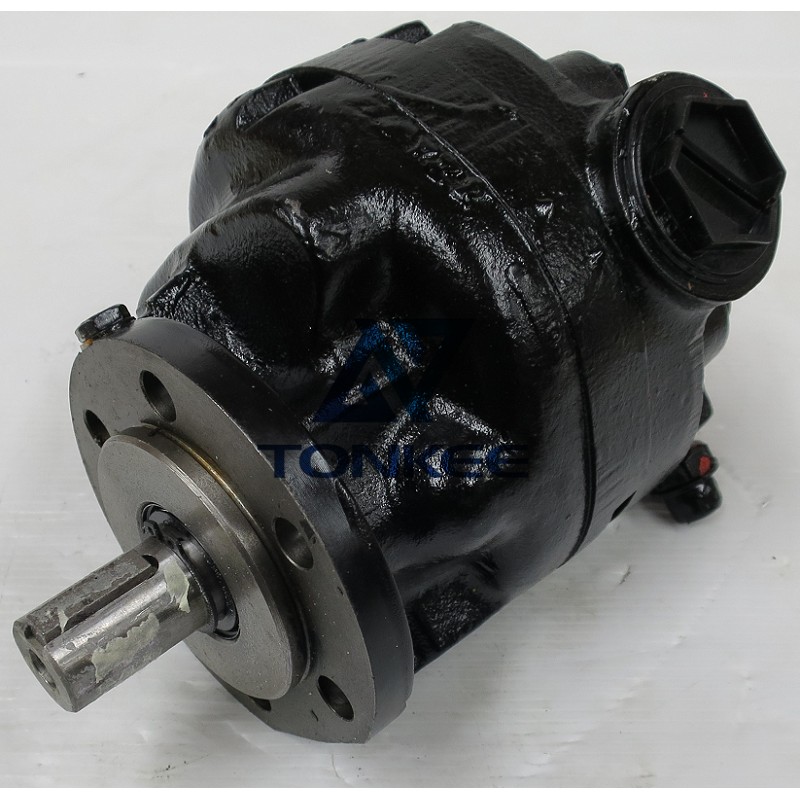
Flow Rate: Hydraulic gear pumps are rated by their flow rate, usually measured in gallons per minute (GPM) or liters per minute (LPM).
The flow rate indicates how much hydraulic fluid the pump can deliver per unit of time.
Pressure Rating: These pumps have a maximum pressure rating, often specified in pounds per square inch (PSI) or bar. This rating represents the maximum pressure the pump can handle while maintaining its performance.
Material: Hydraulic gear pumps are commonly constructed from materials like cast iron or aluminum alloy, chosen for their durability and resistance to wear and corrosion.
Mounting Options: These pumps can have various mounting configurations, including flange mounts, foot mounts, or direct mounts, to suit different installation needs.
Drive Options: Hydraulic gear pumps can be driven by various power sources, such as electric motors, internal combustion engines, or PTO shafts, depending on the application.
Sealing Mechanism: Effective sealing mechanisms are crucial to prevent fluid leakage and maintain the pump's efficiency and performance.
Fluid Suction: The pump draws hydraulic fluid from a reservoir or tank, creating a low-pressure area at the inlet port.
Pressure Generation: As the pump's gears rotate, they trap and pressurize the fluid between their teeth. This pressurized fluid is then pushed out through the outlet port.
Flow Regulation: In some cases, the flow rate can be controlled or regulated to match the specific requirements of the hydraulic system.
Applications:
Hydraulic gear pumps are versatile and find applications in numerous industries and machinery, including:
Construction Equipment: Excavators, bulldozers, and cranes use hydraulic gear pumps for various functions, such as lifting, digging, and steering.
Agricultural Machinery: Tractors, combines, and harvesters rely on hydraulic gear pumps for tasks like operating hydraulic implements and steering.
Industrial Machinery: Manufacturing processes benefit from hydraulic gear pumps for material handling, injection molding, and other operations.
Automotive: Hydraulic gear pumps are essential in power steering systems, ensuring smooth and responsive steering.
Marine: Boats and ships use hydraulic gear pumps for steering, anchor handling, and winch operation.
Efficiency: They are known for high volumetric efficiency, meaning they can deliver a consistent flow rate even under varying loads.